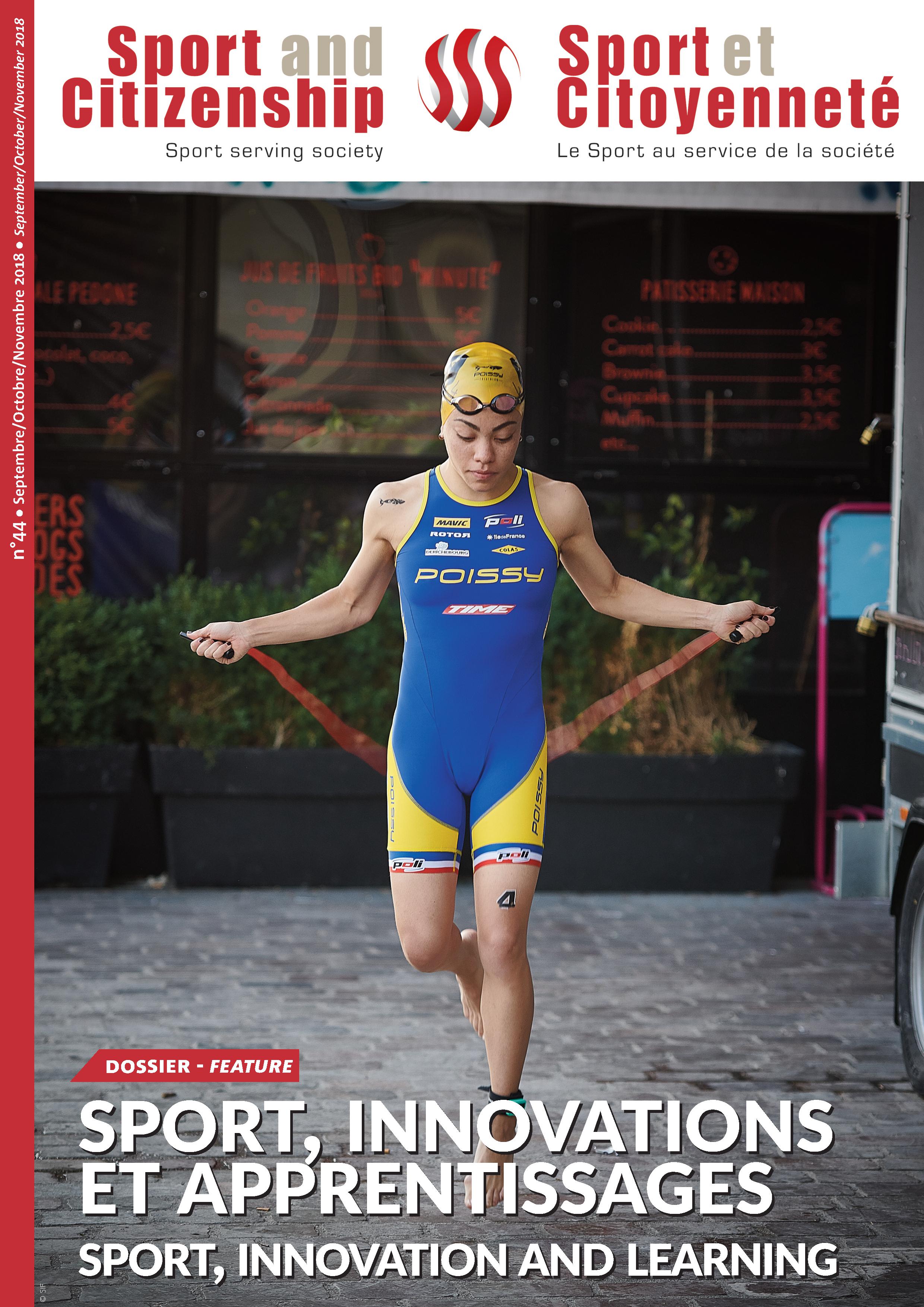
“To create open dialogue and kick-start one’s imagination with innovative ideas”
“To create open dialogue and kick-start one’s imagination with innovative ideas”
In August 2018, the Council of Europe has published a Good Practice Handbook on “Inclusive and Innovative Approaches to Physical Education and Sports Training”. Interview with Ana Žnidarek Čučković, author of the good practice handbook.
What are aims and objectives of this good practice handbook?
AŽČ: This handbook provides the reader with a wide range of possibilities which can be used to create open dialogue and kick-start one’s imagination with innovative ideas. Each workshop mentioned in the handbook was conducted and tested according to measurable competency parameters. The main goal was to find out whether there was a link between physical education/sport and human rights and democracy; what we found was that there are many threads that are closely embedded in each of these areas and which connect with every segment of physical activity and personality development. In addition, the trainers discovered competences that are often not recognised in the competences for democratic culture. During the whole process, those involved were guided by principles and pedagogical approaches which are inclusive to all participants (active or passive, teachers, coaches, counselors, ministry officials, scientists and others) in the field of sports and physical activity. One of the objectives was to develop competences such as aptitude to cope with complex issues and avoid one-dimensional answers because of the specific cultural, historical and influential settings in some European countries and in understanding the topic.
How can sport contribute to educational learning and social change?
AŽČ: Physical education and sport can build bridges where boundaries usually exist, giving positive effects to those who take part in it, such as learning important life skills, developing a strong sense of morality, appreciating diversity, having empathy, respecting others and interacting through play. If we approach it with our heads (cognitive – planning the outcomes), hearts (emotional – understanding and reflecting on the process) and hands (attitude, skills, values – in a sense of doing, experiencing and acting) we become influencers for valuable social change.
Can you give an example of one of the teaching modules in the handbook?
AŽČ: Each of the teaching modules can be done independently, but if they are done in sequence, they form a strong and comprehensive programme which thoroughly explores the area of physical activity and sports. Likewise, by changing the methods, the process of teaching takes on a dynamic shape and provides us with a more diverse understanding of the outcomes. Perhaps the best example of this is the activity that deals with modified games: chapter 4.6 explains how a well-known game can be modified according to the CHANGE IT acronym, resulting in the creation of a new aspect of educational value to the game, which can promote mutual understanding and respect and can foster ethical values in pupils through play, critical reflections, collaboration and action.
